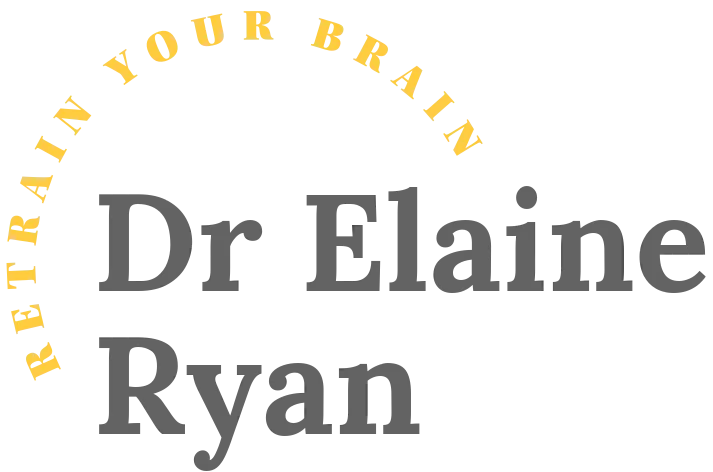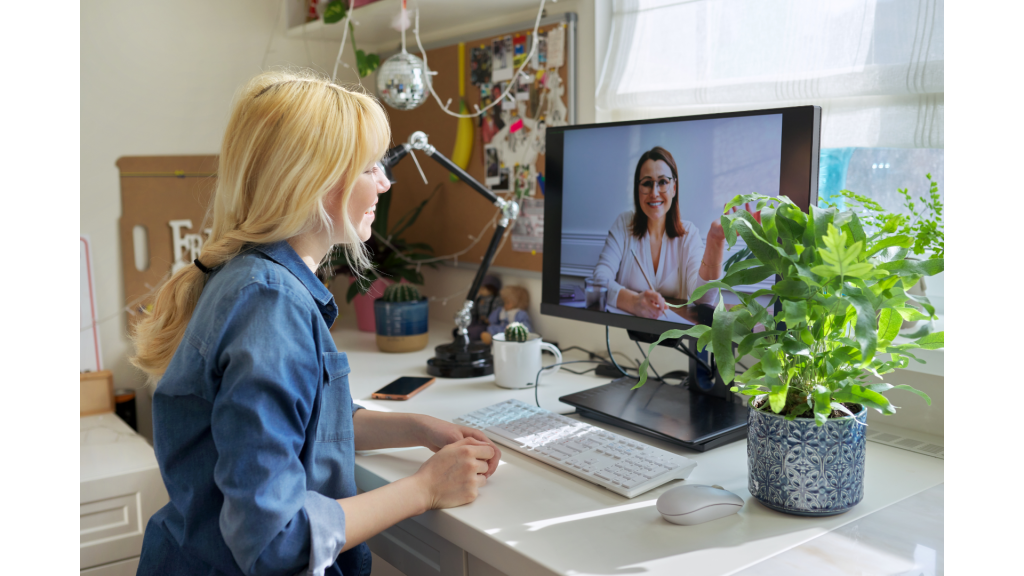CBT, as a highly structured therapy model, works well with online therapy and self-help. The whole idea of CBT is to teach you how to manage yourself without having to rely on your therapist. The goal is to make your therapist redundant and become your own therapist.
A client has asked me, ‘can I do CBT for myself’ and the answer is yes; we call it self-directed Cognitive Behavioural Therapy or guided CBT. Self-help therapies are psychological therapies you complete at your own pace and in your time. My online courses are examples of self-help CBT, where I show you through pre-recorded lessons how to apply the techniques of the model yourself.
In the following video, I give a brief explanation of CBT
Stepped care approach to therapy.
I previously worked in the NHS in England, where I first encountered a stepped-care approach to therapy. The idea behind this model is that you first get effective treatment that uses fewer resources, such as not meeting with a therapist (if deemed suitable), before the person gets ‘stepped up’ to a more specialist service. Most times, the first step is self-help.
And in the next video, I explain how you can do CBT yourself by showing you inside one of my courses.
Becoming your own therapist
One of the key ideas behind CBT is that you become your own therapist. In sessions with clients, I always say that the idea is to make me redundant. There will come a stage in face-to-face therapy where I am not needed, as the client has all the knowledge and skills to continue, and then I know that I have been successful in what I started to do. Cognitive Behavioural Therapy works well without a therapist, as it is psychoeducational and highly structured. When I talk about psychoeducation in therapy, I give you information about what is troubling you and the model of therapy and then teach you what you need to do to recover so that you can apply this yourself. In traditional face-to-face CBT, each session follows roughly the same format.
- Review of the previous session’s homework
- Explanation of what we will cover today
- Instruction on how to do this
- Homework was explained and assigned.
We can replicate this without meeting with a CBT therapist in person, either through self-help books or online courses where you receive the information and materials through pre-recorded spoken word or print.
Will CBT at home be personal to my problems?
If you saw me in person for face-to-face CBT, we would discover your underlying thoughts, feelings and behaviours that need changing through the homework sheets you complete between sessions. There will be many things you are probably unaware of that have resulted in your current difficulty. These include;
- how your brain works
- habits you have
- how you speak to yourself inside your head
- how you react to daily stress
- what you eat, the amount of exercise you take
- how you go about your day, how many hours you work, what breaks you take
- quality of your sleep
These things are personal to you but do not need teasing out sitting in the room with a therapist. I do not collect this information in the session; I would explain the importance of it and tell you what I need you to do and where I need you to make changes based on your lifestyle. You collect the information and make the changes between sessions on your own. The idea is to teach you to become your own expert and Retrain Your Brain®. This, again, works well in an online format. Hopefully, you will see that whether you choose face-to-face or online, you will collect all of this information (to personalise the process to your specific needs) between sessions.
How do you do CBT by yourself?
There are several options open to you, including
- self-help CBT books, and
- online cbt courses
Both options will use the same teaching, and I shall discuss online CBT now.
Online CBT
You are taught to be your own therapist through the following steps.
How to use CBT self-help
The model of therapy explained.
When you are undertaking CBT by yourself; I explain this the same way I would in session; only in self-help are you viewing pre-recorded animated lessons.
Recognise unhelpful thinking patterns.
Each time you notice a change in your mood, you will complete a homework sheet detailing what was happening and what you felt and noting the thoughts in your head.
Alternative thinking patterns
You will be taught how to police your thoughts, like a mini scientist in your head, looking for evidence for your thought processes and changing them if you cannot prove that they are accurate.
Behavioural experiments
You will be introduced to behavioural experiments and asked to do things differently if you find out that your behaviours were not helpful in the long run.
Relaxation
You will be taught guided relaxation if appropriate to your problem. This is much easier to teach, I find, using online CBT as I can use animated videos to help with relaxation.
Practice
Learning new belief systems and changing how you operate is about practice. All skills have to be practised until they become part of you.
How effective is self-help CBT?
In a 2017 study, Kumar et al. 1 concluded that online CBT was helpful and cost-effective. Luo et al. (2020) 2 found that eCBT was more effective than face-to-face CBT at reducing the severity of depression. You can look at what past users of my courses thought after completing the course, and as you see below, the feedback is favourable.
Feedback from my online courses.
Please note the figures below come from a live dynamic feedback form and can change, but they are correct as I write this.
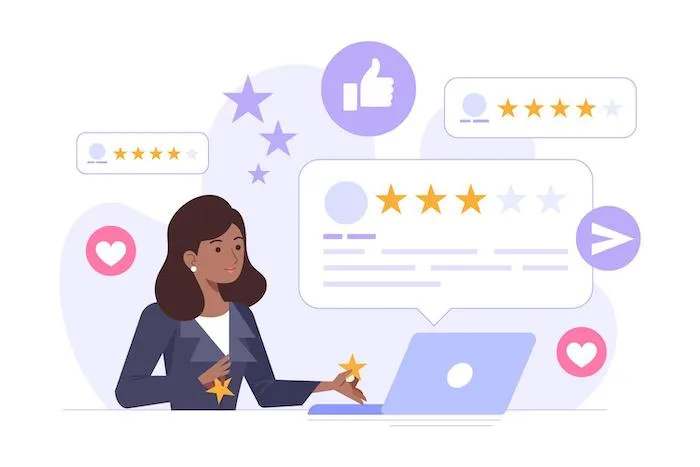
RETRAIN YOUR BRAIN® FOR ANXIETY.
92.5% said that the course helped with their anxiety. 95.8% would recommend the course to others.
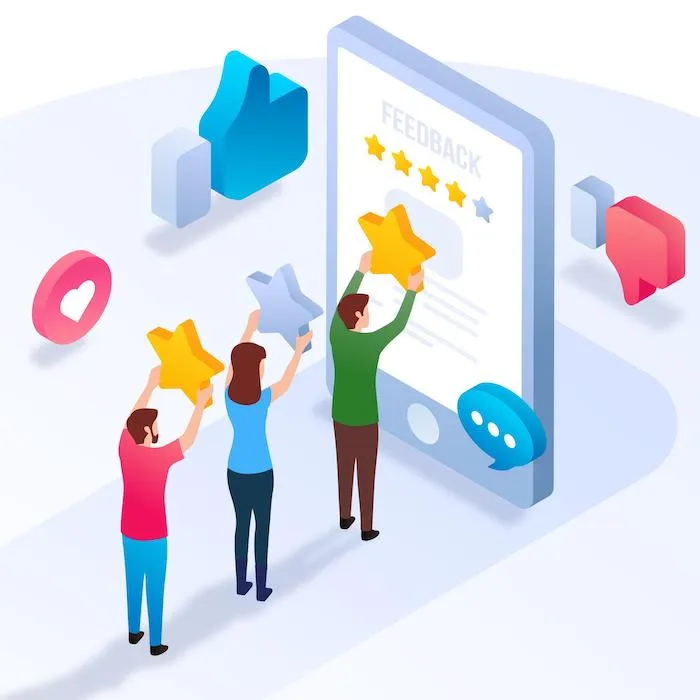
HEALTH ANXIETY.
90% said that the course helped with their anxiety. 97% would recommend the course to others.
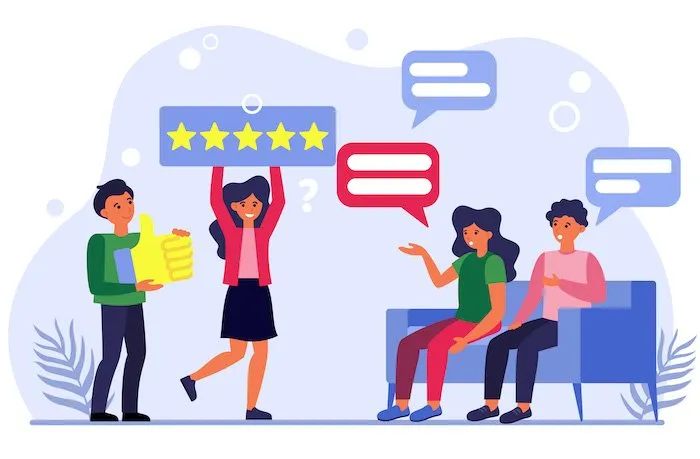
PANIC ATTACKS.
79% said that the course helped with their anxiety. 97% would recommend the course to others.
Sources
- Kumar V, Sattar Y, Bseiso A, Khan S, Rutkofsky IH. The Effectiveness of Internet-Based Cognitive Behavioral Therapy in Treatment of Psychiatric Disorders. Cureus. 2017;9(8):e1626. Published 2017 Aug 29. doi:10.7759/cureus.1626
- Luo, C., Sanger, N., Singhal, N., Pattrick, K., Shams, I., Shahid, H., … & Puckering, M. (2020). A comparison of electronically-delivered and face to face cognitive behavioural therapies in depressive disorders: A systematic review and meta-analysis. EClinicalMedicine, 100442.
